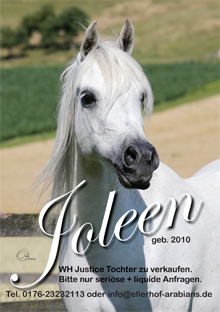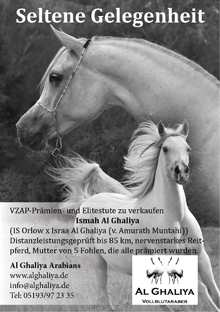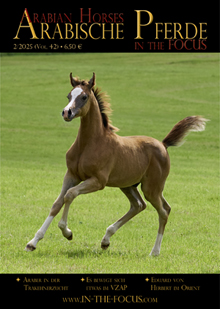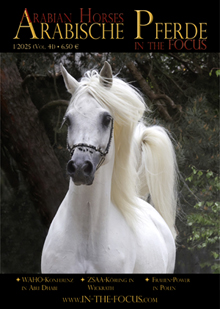
.
If children spend most of the day using electronic media rather than playing outdoors, or deal with animals, then we need not be surprised if it becomes increasingly difficult to find the necessary understanding and support within the society to keep animals and to “use” them. Horse keeping in particular will continue to come under pressure in the future. This starts with the costs that will increase as a result of environmental and animal welfare requirements, and goes all the way to the “animal rights activists” who want to ban any “use” of animals, and even horse riding.
What is commonly forgotten is the positive effect that animals – including horses – have on humans, especially on children. They experience unconditional love and affection, they learn respect for life, responsibility for a fellow creature and empathy that no smartphone, tablet or TV can give.
I, myself, grew up in the city and I wanted nothing more than a dog. I’ve got a budgerigar, and countless visits to the zoo, walks in the park and squirrel feeding in the cemetery. Then my parents took me on a trip to Marbach – from then on this was part of the annual compulsory program for my parents. At age 14 or 15. I finally found a riding stable that offered every-thing my heart desired: dogs, cats, rabbits, chickens, geese, goats, ponies – oh yes, and also horses. Riding was possible in exchange for “working hours”, i.e. mucking out stables, uploading straw, making hay, cleaning the paddocks, cleaning the saddlery, etc. It was never boring and riding was the reward, the icing on the cake, although I was sometimes too broken in the evening, to even avail this reward. But a weekend without “the stable” was maximum punishment for me.
Today, even children in the village often have no longer the opportunity to go “to the stable”. Maybe they are not interested in it, because the distraction of the electronic media is too big. But maybe you just have to arouse their interest first?
Especially the Arabian horse has a lot of potential due to its human-related character, through its cautious way of dealing with (small) children, to take away the fear of large animals. There are already examples of how it can work – also among Arab breeders and owners: You could, for example, make a respective offer to kindergartens or schools, or invite for a “petting afternoon”, organize an “Open House”, which is designed especially for families, with petting animals, children’s riding, etc. The possibilities are many, and we would like to report about it – to give others courage and to offer a platform for good ideas.
At the beginning of a new year, we traditionally take many good intentions. Perhaps for 2018, we should set out to spread the love for animals, the love for the Arabian horse, by leading by example. In this sense, I wish you all a successful year 2018!
Gudrun Waiditschka














